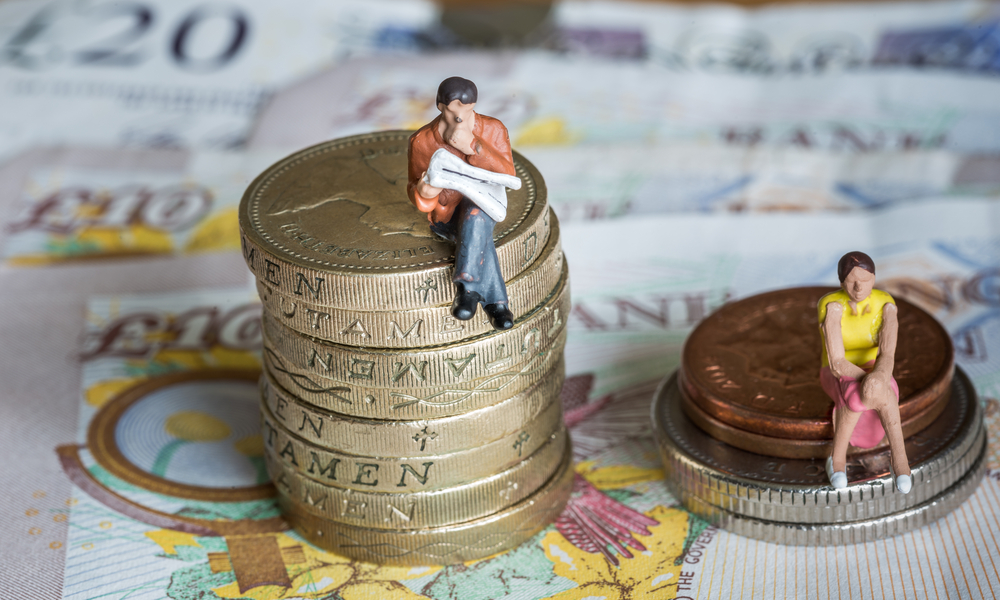British mothers could miss out on £50,000 in pension savings due to switching to part-time work after having children, according to Aegon.
The pension provider said its analysis had showed that a woman who started her career earning £20,000 and who was earning around £24,000 at the point their first child is born at age 31, could end up missing out on between £20,000 and £50,000 by the time they reach state pension age, depending on how many years they work part-time.
Women with no maternity leave breaks were calculated to have a fund value of £112,700 at state pension age.
Those at the upper end of the group missing out would have taken two full years of maternity leave, before working part time until age 68, leading to them missing out on £50,000.
Those at the lower end were women who take two full years of maternity leave and work part time for 10 years, would have a fund value of £91,500 and therefore miss out on £21,200.
Aegon's analysis also showed the benefits of saving through a workplace pension as, under automatic enrolment rules, every £1 saved out of take-home pay becomes £2 after the employer contribution and the tax boost from the government. So any cut in personal contributions to a workplace pension could lead to double the overall loss.
Aegon head of pensions, Kate Smith, said: “Shared parental leave can be a help to some families as mum gets to return to work sooner and the other parent can step in. But one of the challenges around juggling work and the cost of childcare is really where the cost of being a parent impacts on pension savings.”
“Women planning to take maternity leave and reduce their working hours should be prepared to make up for the breaks in their retirement savings in any way they can. Even better, they should plan ahead and start saving as much as they can before having children, to minimise the impact of pension savings gaps later on in life.”
Smith added that some women reduce their working hours and create holes in their retirement savings to care for elderly relatives, noting that “young women need to look to the future and have all scenarios factored into their savings plans when saving into their pension”.
“Auto-enrolment needs to be more inclusive to include lower earners, who are disproportionately female," Smith continued. "A solution needs to be found for individuals with multiple jobs, each below £10,000 allowing them to benefit automatically from an employer contribution. This will help to close the gender pension gap.”
Latest News
-
DB schemes urged to review objectives and governance to ‘hit the ground running’ in 2026
-
ESG progress stalling among fiduciary managers
-
DB redress payments to remain ‘historically low’ in Q1
-
2026 marks beginning of 'decade of pensions transformation'
-
Concerns raised over 'worrying' pension gap between small and large charities
-
Broadstone SM&RT Insure passes £1bn of BPA business after record 2025
Private markets – a growing presence within UK DC
Laura Blows discusses the role of private market investment within DC schemes with Aviva Director of Investments, Maiyuresh Rajah
The DB pension landscape
Pensions Age speaks to BlackRock managing director and head of its DB relationship management team, Andrew Reid, about the DB pensions landscape
Podcast: From pension pot to flexible income for life

Podcast: Who matters most in pensions?

In the latest Pensions Age podcast, Francesca Fabrizi speaks to Capita Pension Solutions global practice leader & chief revenue officer, Stuart Heatley, about who matters most in pensions and how to best meet their needs
© 2019 Perspective Publishing Privacy & Cookies










Recent Stories